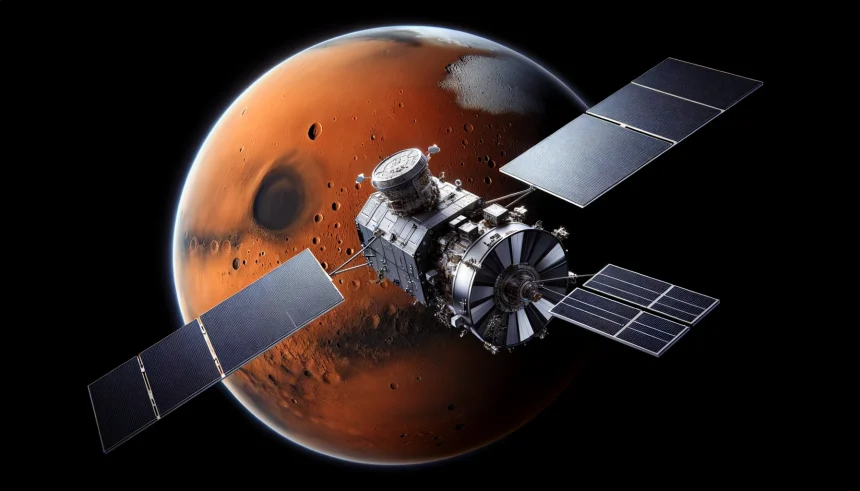NASA‘s Hubble Space Telescope has delivered an impressive image of the galaxy NGC 4731, located 43 million light-years away in the constellation Virgo. This image reveals the intricate details of the galaxy, including its central bar and spiral arms. It provides a glimpse into the complex structures and processes that govern galactic evolution, highlighting the importance of ongoing astronomical investigations.
The Hubble Space Telescope, launched in 1990 by NASA and ESA, has been instrumental in advancing our understanding of the cosmos. It is renowned for its high-resolution images and has made numerous groundbreaking discoveries. The telescope orbits Earth at an altitude of approximately 547 kilometers and is equipped with sensitive instruments that capture visible, ultraviolet, and near-infrared light, allowing scientists to study celestial objects in unprecedented detail.
Comparing this recent image of NGC 4731 to past observations, the new data offers a clearer and more detailed view of the galaxy’s structure. Earlier photographs lacked the resolution to showcase the intricate details of the bar and spiral arms, while the current image reveals the distribution of gas, dust, and star-forming regions with remarkable clarity. This increased level of detail is vital for understanding the mechanisms driving galaxy formation and evolution.
Previous studies of barred spiral galaxies have emphasized their role in reshaping our understanding of galactic dynamics. The Hubble’s latest image adds to this body of knowledge by providing fresh insights into how gravitational interactions influence the morphology of galaxies. The elongated spiral arms of NGC 4731, thought to be caused by gravitational forces from neighboring galaxies in the Virgo cluster, exemplify these dynamic processes.
Galactic Bars and Star Formation
Barred spiral galaxies, like NGC 4731, are characterized by a central bar structure that influences the formation and movement of stars within the galaxy. The bar is formed through the alignment of star and gas orbits, creating a dense region where star formation is particularly active. This phenomenon is not unique to NGC 4731; approximately 60% of all spiral galaxies exhibit this bar feature. Understanding the role of bars in galactic evolution is crucial for comprehending the broader mechanisms of the universe.
Observations and Implications
– The Hubble image reveals the detailed structure of NGC 4731’s bar and spiral arms.
– Gravitational interactions with nearby galaxies influence the galaxy’s elongated arms.
– Barred spirals are common, constituting around 60% of all spiral galaxies.
– Bars play a significant role in star formation and galactic dynamics.
The image of NGC 4731 captured by Hubble underscores the importance of high-resolution observations in advancing our understanding of the universe. The detailed view of the galaxy’s bar and spiral arms provides valuable data for studying the processes that govern galaxy formation and evolution. By analyzing these structures, astronomers can gain insights into the role of gravitational interactions and the mechanisms driving star formation. This information is essential for constructing models of galactic dynamics and for understanding the complex interplay of forces shaping the cosmos.










